If you’re an 80s kid, you may remember that Purple Rain wasn’t the only infamous phenomenon permeating the airwaves. Acid rain has been observed since the 1800s, but it wasn’t until the 1980s that we began to understand just how damaging it is. It wasn’t until 1995 that the U.S. government started to do something about it. Acid rain is due to the burning of fossil fuels. Acid rain can be caused naturally by volcanic eruptions, but man-made emissions are the main cause today. Pretty much any place that has cars, factories, or coal-fired power plants can have acid rain since these all emit pollutants that cause it. Acid rain isn’t just rain, though. It can also come in the form of snow, fog, and even frost.
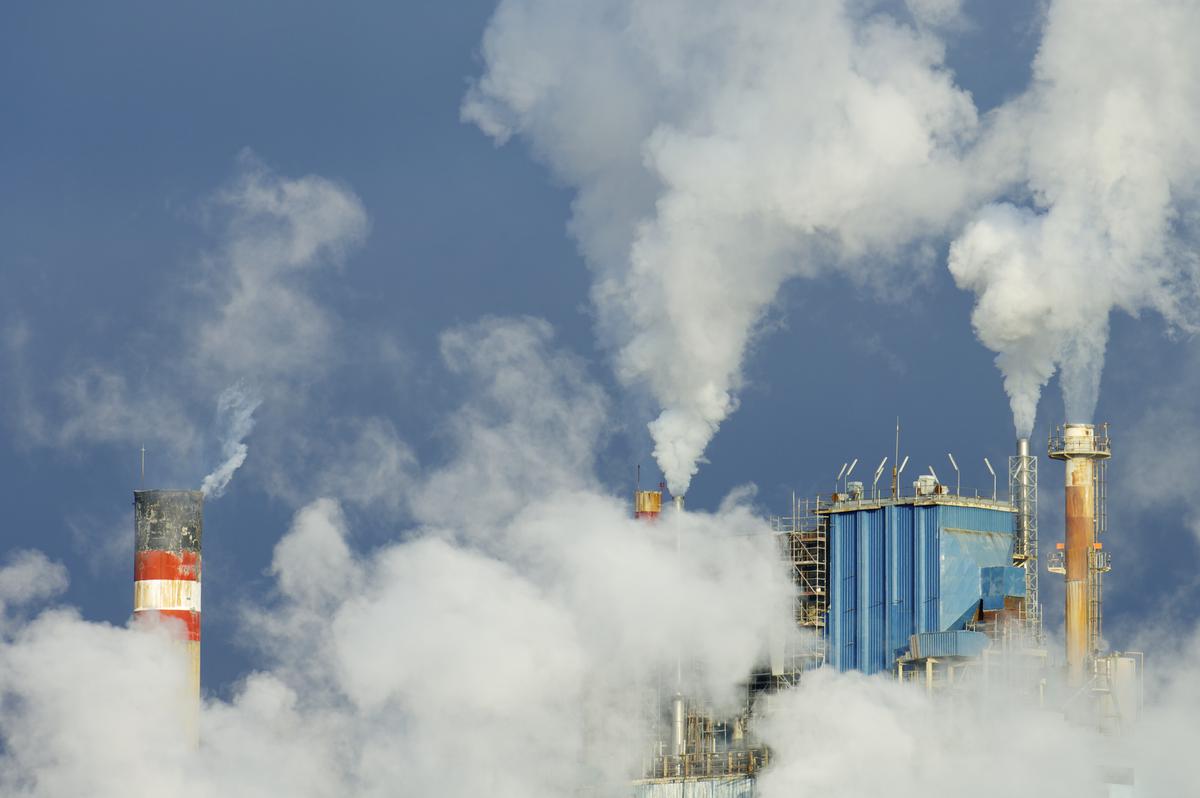
Is Acid Rain Still An Issue?
How Acid Rain Affects the Environment
Acid rain causes major damage to ecosystems the world over. It can decimate animal populations, especially those that spawn in water. This is because bodies of water can experience what is known as an “acid shock”. When acid flows into bodies of water with melting snow during the springtime, it can lead to acidity levels spiking. This acid shock can kill the eggs and nymphs of many animal species such as fish and salamanders. The acidic water eventually makes its way into water tables and is then absorbed by plants, causing them to wilt and die. Acid rain also depletes nutrients in the soil and can damage trees, leaving them vulnerable to parasites and infection. Acid rain has been linked to the deaths of entire forests in places such as Eastern Germany and Poland.

How Acid Rain Can Affect Our Environment
How Acid Rain Affects Us
Acid rain can also cause long-term damage to the man-made world. Its corrosive effects can damage buildings, bridges, and other pieces of infrastructure. That’s especially true for buildings made from materials that are more vulnerable to acid rain damage. Older buildings made from marble and limestone and statues made of copper and brass are especially prone to damage by acid rain. Acid rain can also corrode anything made from carbon steel, nickel, copper, or zinc. That’s bad news for bridges, railways, and elevated highways. This is especially true in places where salt is used during the winter as the combination of acid rain and salt can quickly corrode these structures.
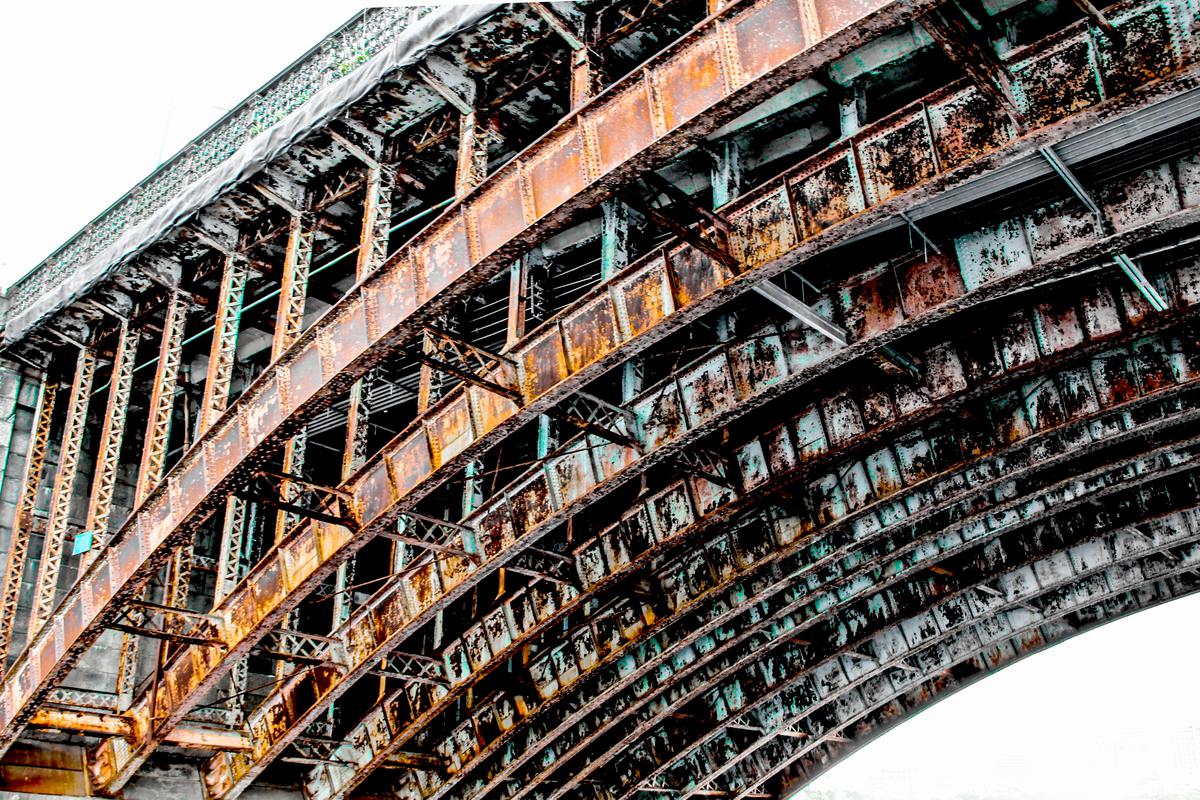
The Effects of Acid Rain Over Time
The pollutants which cause acid rain also have negative health effects on humans. People that are exposed to these toxins sometimes develop respiratory problems such as asthma or bronchitis. Those who already have respiratory issues are likely to have worsened symptoms after exposure. In the worst cases, acid rain can cause permanent lung damage.
Thankfully, there has been a lot done in the past 40 years to try and reduce sulfur dioxide emissions that cause acid rain. In the United States, as in much of Europe, the level of pollutants that cause acid rain has plummeted in recent years. However, in the United States, the level of these harmful emissions has not gone down below pre-1980 levels. In other words, while it is less likely today, acid rain can and does still happen in America.
How to Prevent Acid Rain Damage to Your Home
The effects of acid rain on your home can also cause damage, though how much damage acid rain causes to your home depends a lot on building materials. Some building materials such as steel are vulnerable to damage, but others such as aluminum aren’t. Your home’s location is also an important factor. In the United States, the Northeast sees the most acid rain because of the many coal-burning power plants that used to operate there.
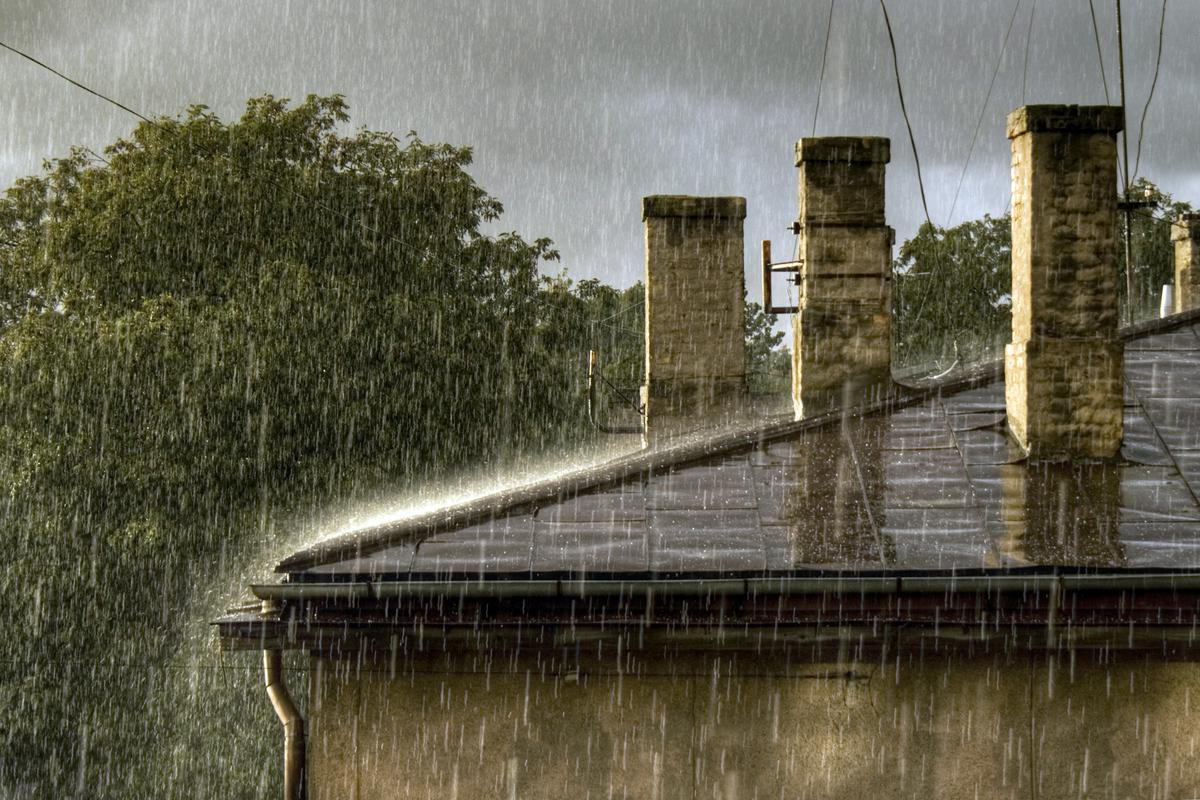
Is Your Home Exposed to Acid Rain?
For this reason, there are some small things that you can do that could stop acid rain from happening in the first place. One of these is simply to turn off your lights and air conditioners when you’re not using them. Keeping these devices on nonstop puts a load on your local power plant. If your power plant is coal-fired, that means more coal needs to be burnt to meet demand. If everyone reduces their power usage, that could mean less sulfur dioxide is emitted and therefore less acid rain.
When it comes to prepping your house to resist acid rain damage, you should first find out about where your house stands and the stuff it’s made of. A quick call to your regional EPA office should be enough to figure out how often acid rain occurs in your area. You can hire a home inspector to help you figure out what building materials in your house are most prone to acid rain damage, and what you can do about it. In most cases, home improvements and home repairs are enough to head off major acid rain damage. This is because acid rain damage happens slowly, and is unlikely to lead to immediate structural problems. Major issues start to arise when acid rain is ignored for a long period of time.

A Timely Home Inspection Can Help Avoid Acid Rain Damage
What You Can Do
The most visible damage caused by acid rain is damage to exterior paint. The chemicals in acid rain will attack the paint and cause it to strip and flake over time. For many people, this will just be an annoying extra expense. Fixing the damage means stripping off the old paint, putting on a new coat, and sealing it with a waterproof coating. Certain pigments will be more resistant to acid rain than others, so consult a contractor to find out which paints work best. This home improvement project costs around $2,500 on average.
But if your house was coated with lead-based paint (used in the US until 1978) this can be quite dangerous. Lead-based paint flakes can cause severe health problems if they are eaten or inhaled, especially by children. If you suspect that your home has lead exterior paint, and you see it is flaking, you must take quick action. A licensed abatement contractor can get the lead paint removed for you. This can be a costly home improvement project, with the average lead abatement job totaling $10,000. Once the lead-based paint is removed, you can repaint your home’s exterior with non-lead-based paint and add an exterior waterproof coating for extra protection.

What You Can Do Against Acid Rain
Keep Up With Maintenance and Repairs
If you have a brick-and-mortar home, you’ll need to look out for acid rain damage. Acid rain can cause bricks and mortar to decay with time, leaving characteristic scars on bricks and stripping out mortar. Over the long term, this can cause structural problems for your house, but it isn’t an immediate risk. Ultimately, regular home repairs are the main defense you have if your brick and mortar home is experiencing acid rain damage. Keeping brick walls maintained by replacing bricks and putting in new mortar should be enough to preserve the structure.
Upgrade Your Siding
If your home has siding, this can also be a risk factor, depending on what the siding is made of. Wood siding is the weakest link, as wood can be severely damaged in just a short span of a few years of acid rain exposure. This damage will leave the wood open to pests, which will only worsen the damage. If your wood-clad home is experiencing significant acid rain damage, there are several things you can do. Applying a fresh coat of exterior paint and exterior waterproof coating after some home repairs will help slow deterioration. If you’re struggling with major acid rain damage on your wood cladding, the only way to avoid this problem is through home improvement. Retrofitting your siding with aluminum or another non-wood material will help your home resist acid rain. Putting up new siding will cost $1,500 on average. As a bonus, upgrading your siding could also increase your home’s curb appeal and value.
If you’re lucky enough to live in a home built in the 1940s, then your home likely already has aluminum siding. This is good news because aluminum happens to be one of the metals that is resistant to acid rain. You’re unlikely to see major acid rain damage to your siding if it is made of aluminum, though you will have to look out for any lead-based paint. Plastic siding is used on newer homes and tends to be less resistant to acid rain. Plastic sidings such as PVC tend to degrade when exposed to acid rain, but this happens slowly over the course of several years. Unless you live in an area with severe acid rain, it will be hard for you to distinguish between damage caused to your PVC by acid rain and wear caused by other factors such as the sun, or normal water damage.

Can Your Exterior Siding Withstand the Effects of Acid Rain?
If acid rain reaches your home’s frame, it can cause rapid degradation if it is left unchecked. Having said that, this level of corrosion would point to a major water ingress problem. In other words, if you’re seeing severe degradation to your frame, that could mean you have a much bigger issue to deal with.
Acid rain can damage your home, but at the end of the day, conscientious homeownership will be the best protection against it. The extra cost is worth it if it means avoiding long-term problems caused by the effects of acid rain on homes.
Bonus Tips:
- Don’t buy vinyl siding: while vinyl siding is good for insulating your house, a byproduct of its production is our old friend, sulfur dioxide. So, making vinyl siding can cause acid rain. It’s no surprise then that the US Green Building Council doesn’t offer credits for the use of vinyl. Vinyl is also a fire hazard, so it's better to avoid it.
- Upgrade to Energy Star. Upgrading appliances to those which are Energy Star approved will also curb your energy consumption. Energy Star devices are designed to strict standards to be more energy-efficient.
- Drive less. Replace driving your car for cycling and walking as much as possible. Emissions from cars contribute to sulfur dioxide pollution, so using them less can help reduce acid rain.
you may also like


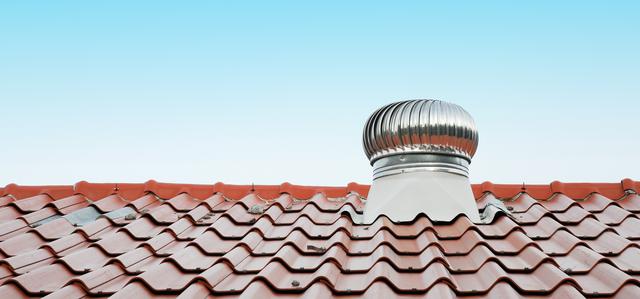
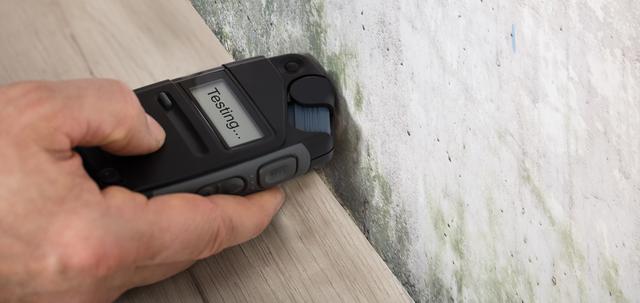
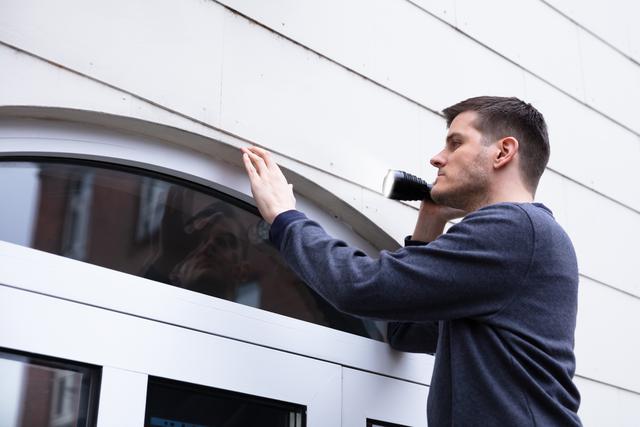
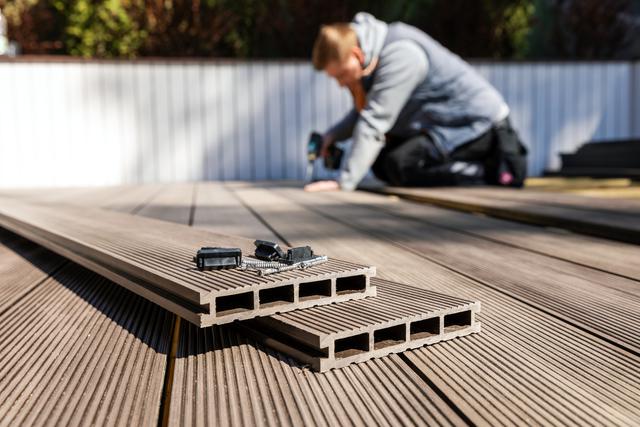
comments